The Honda CBR1000RR-R and BMW S1000RR get a whole lot of changes and advancements in every possible parameter, making them much more premium and desirable than ever before.
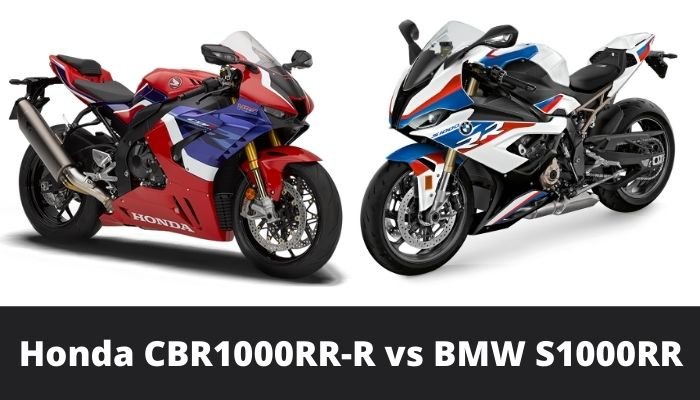
The new generation BMW S1000RR has broken a lot of norms. It took that rather brave step of ditching its unique and unconventional asymmetric design which gave it a distinctive identity over other motorcycles. However, in the process, it has become much better when it comes to sheer performance and riding dynamics – the two most important aspects which matter for a supersport motorcycle.
The same is promised by the all-new Honda CBR1000RR-R, popularly known as ‘Fireblade’. The motorcycle has become much closer to its Moto-GP cousin, the RC213-V, in terms of technologies and visual appeal. Everything is massively different for the Honda CBR1000RR-R, including the stratospheric price it commands.
Here, the question arises – will you like to pay that hefty premium for the Honda CBR1000RR-R over the BMW S1000RR. Here’s a comprehensive comparison of the two motorcycles to find out the answer:
Price
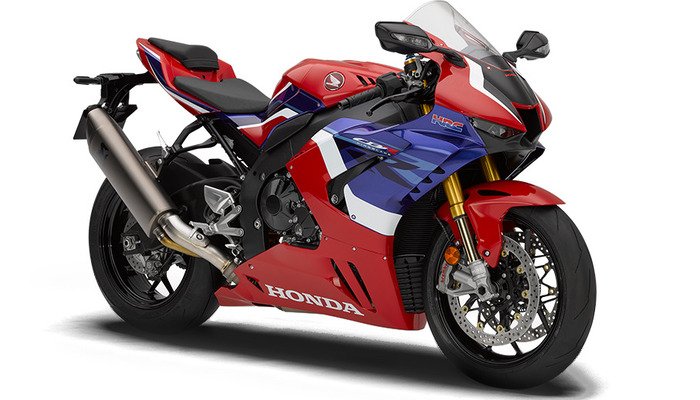
It has been a common thing that a European motorcycle has always been priced at a premium over its similarly-spec rival from Japan. However, here, the story is completely different, with the Honda CBR1000RR-R being the more expensive one. The BMW S1000RR is available in three different variants – Standard (Rs 19.50 lakh), Pro (Rs 21.40 lakh) and Pro MSport (Rs 23.75 lakh). On the other hand, the Honda CBR1000RR-R has priced much higher at Rs 32.68 lakh for the Standard and Rs 34 lakh for the SP version.
ALSO READ: Honda CBR1000RR-R vs BMW M1000RR
Engine and Performance
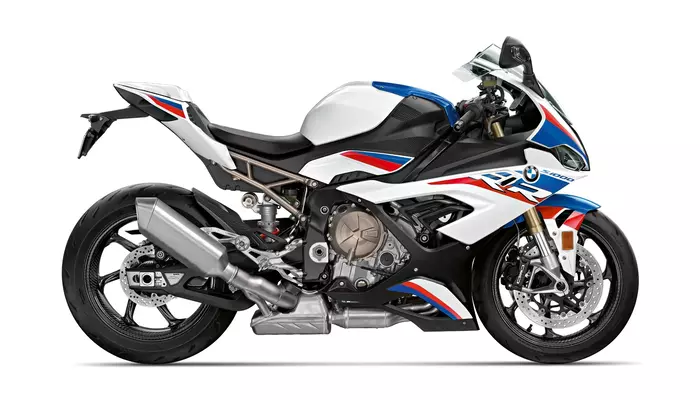
The core of a litre-class supersport motorcycle lies in its engine, with both Honda CBR1000RR-R and BMW S1000RR excelling here with the best of technologies that their respective makers do possess. The high-revving engines of both these motorcycles pack in more advancements and performance over the engines of their predecessors, which very much make them stay in the game even today.
The Honda CBR1000RR-R is powered by a four-stroke, liquid-cooled, inline-four, 1000cc engine, which draws inspiration from the engine powering Honda’s impeccably brilliant Moto-GP spec RC213-V. With a maximum power output of 218 bhp and peak torque output of 113 Nm, it is the most powerful Fireblade ever in the history of Honda. The engine offers seamless performance with its Moto-GP derived tech, including DLC (diamond-like carbon) coating, finger-follower rocker arms and enhanced crankshaft and intake valve angles. The four-stroke, liquid-cooled, inline-four, 999cc engine of the BMW S1000RR too isn’t too far behind the Fireblade’s engine in terms of power delivery and performance in higher RPMs. It makes maximum power and torque outputs of 207 bhp and 113 Nm respectively.
| Specifications |
Honda CBR1000RR-R |
BMW S1000RR |
| Engine |
4-stroke, liquid cooled, inline four, 1000cc |
4-stroke, liquid cooled, inline four, 999cc |
| Power |
218 bhp |
207 bhp |
| Torque |
113 Nm |
113 Nm |
| Gearbox |
6-speed |
6-speed |
Exterior and Dimension
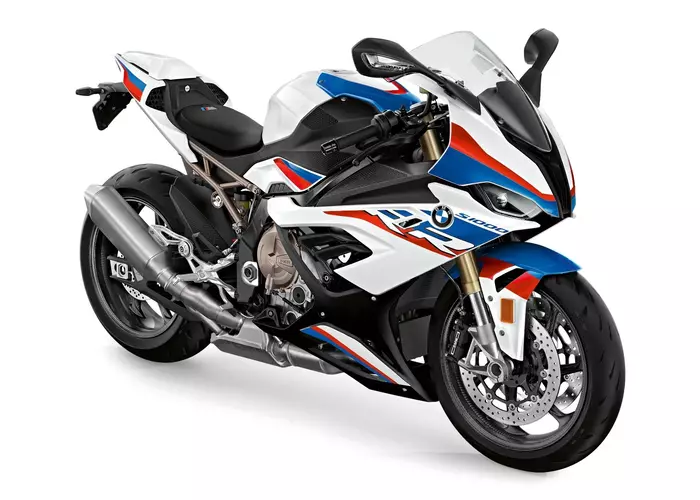
Apart from outright power, the Honda CBR1000RR-R also has an advantage over the BMW S1000RR, when it comes to dimensions involved. The Fireblade is narrower and shorter as compared to the S1000RR, which helps it in giving slightly more agility around corners, despite having a longer wheelbase. However, the S1000RR already is a proven machine on the track and is no slouch either.
| Dimensions |
Honda CBR1000RR-R |
BMW S1000RR |
| Length |
2100 mm |
2073 mm |
| Width |
745 mm |
848 mm |
| Height |
1140 mm |
1151 mm |
| Wheelbase |
1455 mm |
1441 mm |
| Seat height |
830 mm |
824 liters |
| Ground clearance |
115 mm |
120 mm |
| Kerb weight |
201 kg |
197 kg |
| Fuel tank capacity |
16.1 liters |
16.5 liters |
Design and Features
Being top-of-the-line litre-class supersport motorcycles of the modern era, both the Honda CBR1000RR-R and BMW S1000RR are packed to gills with electronic riding aids and technologies. Both the motorcycles also get all the modern and fancy visually appealing and better functioning bits like full LED headlamps, tail lamps and turn indicators and full TFT instrument consoles.
The long list of equipment in the Honda CBR1000RR-R include dual-channel ABS, ten different torque control modes, five different power modes, three engine-braking levels, an anti-slip regulator and three selectable levels of wheelie control. The equipment list of BMW S1000RR is no small either, as it gets a dual-channel ABS Pro, four different riding modes (Rain, Road, Dynamic and Race), dynamic traction control, hill-start control and shift assist pro.
ALSO READ: Suzuki Hayabusa vs Kawasaki Ninja H2R
Chassis
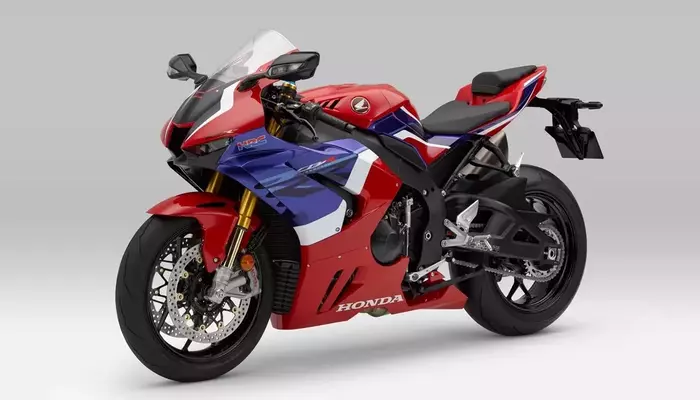
It is where the premium which the Honda CBR1000RR-R asks over the BMW S1000RR is tried to justify. The Fireblade has been armed with a more sophisticated setup from Ohlins for its suspension, which is a combination of 43mm upside-down hydraulic telescopic forks with preload, compound and rebounds adjustment at the front and a pro-link with gas-charged Ohlins TTX36 smart-EC damper featuring preload, compression and rebounds damping at the rear.
On the other hand, the BMW S1000RR gets a standard suspension setup of 45mm upside-down hydraulic telescopic forks with compression, rebound and preload adjustments at the front and ‘WSBK’ aluminium swingarm with full floater pro-mono-shock having compression, rebound and preload adjustments at the rear.
The Honda CBR1000RR-R gets a combination of 330mm dual discs at the front and 220mm single disc at the rear, which are slightly better than that of BMW M1000RR, which is a combination of 320mm dual discs at the front and 220mm single disc at the rear.
Verdict
Both the Honda CBR1000RR-R and BMW S1000RR have always been legendary in their statures, for they showcase all the technological prowess their parent companies possess. In the latest iterations, both these motorcycles have successfully managed to take their stature one level up by being the best and up-to-date engineering marvels.
The BMW S1000RR has always had that fine mastery of advanced-level engineering and electronics, and in its latest version, it continues to have the same quality. While the purists might not love the departure of the radical asymmetric design for a more conventional approach, it still looks and feels every bit a premium motorcycle, whether it comes to design or mechanicals under the skin.
However, this time around, the Honda CBR1000RR-R has managed to take the bar of competition higher. It is significantly more expensive than the BMW S1000RR, a motorcycle which has always remained the most premium of the lot of litre-class supersports. However, what the CBR1000RR-R has managed to bring to the table is Moto-GP derived technology and performance like never before. It feels a whole lot new and advanced motorcycle over its predecessor and feels more European in the process.
ALSO READ:
You must be logged in to post a comment Login